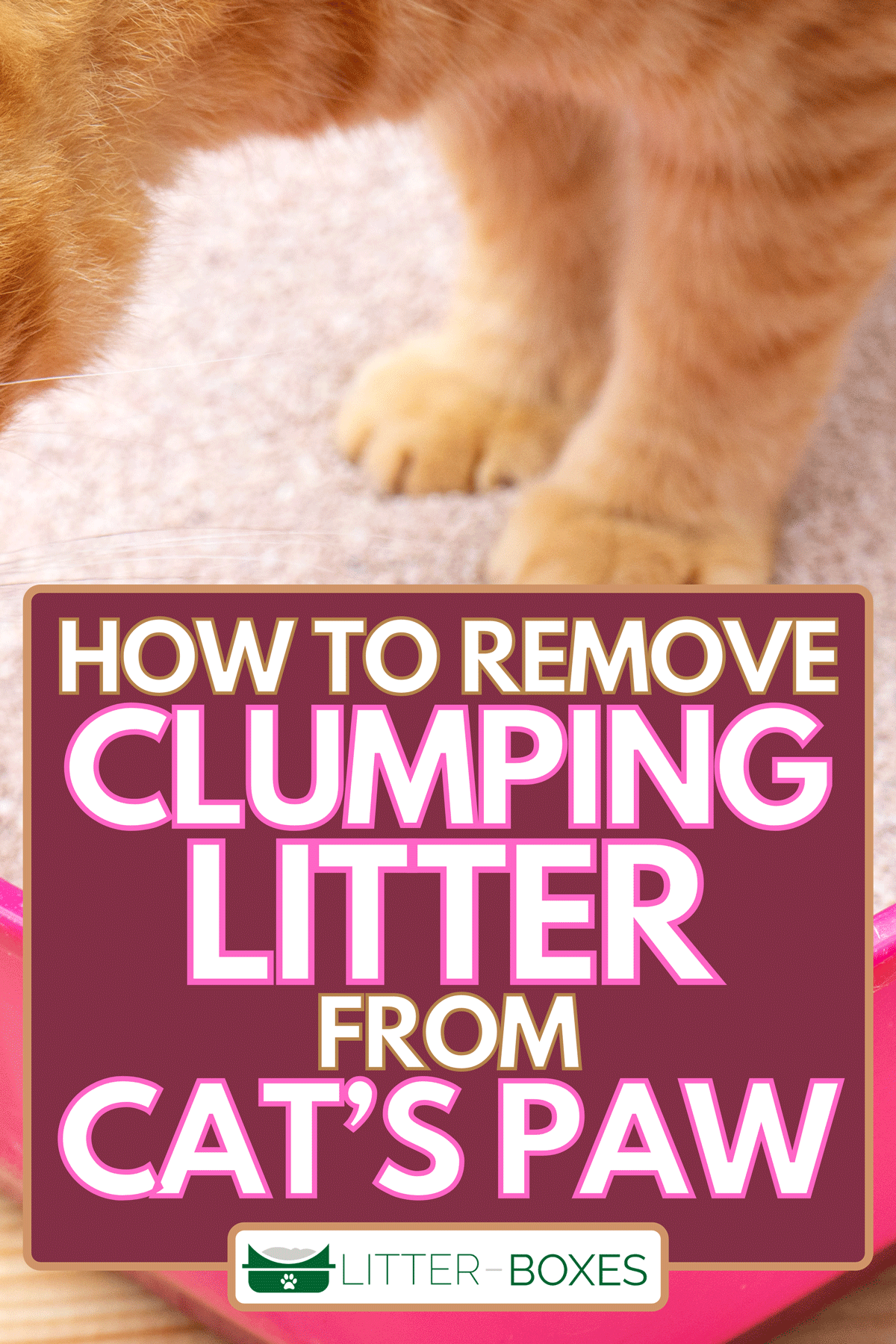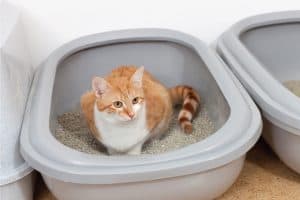Reader's Question:
I've noticed clumping litter stuck in my cat's paw. She won't stop licking at it and is meowing differently than usual. Could you advise on a gentle way to remove it? I don't want to stress her more than she already is.
A. Stear from Kuna, ID
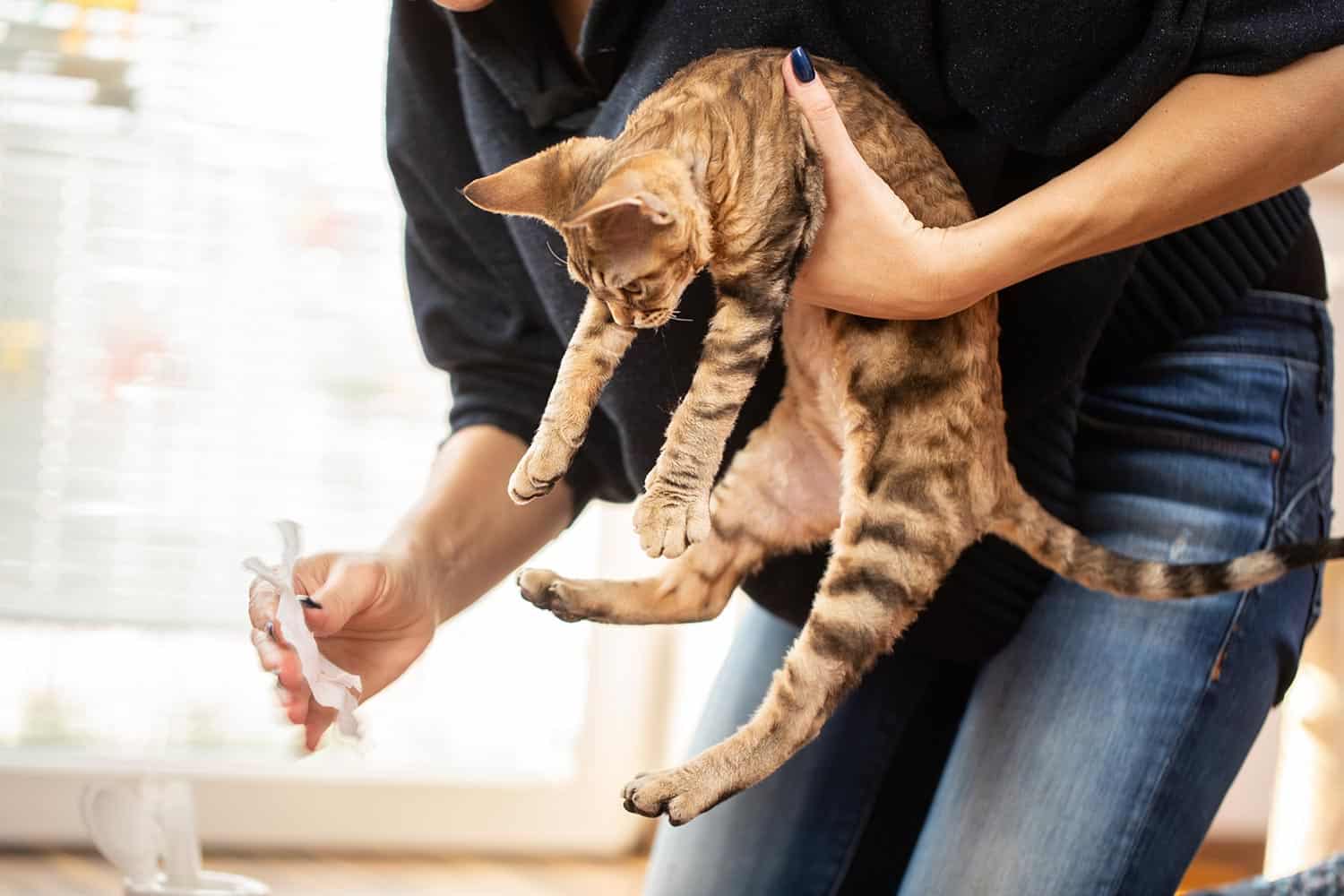
That moment you notice clumping litter stuck in your cat's paw can be quite worrying. But don't fret; I'm here to help you navigate this situation with ease.
I'll walk you through a step-by-step approach to gently and effectively remove the litter, even if it's already hardened.
Steps for Stress-Free Litter Removal
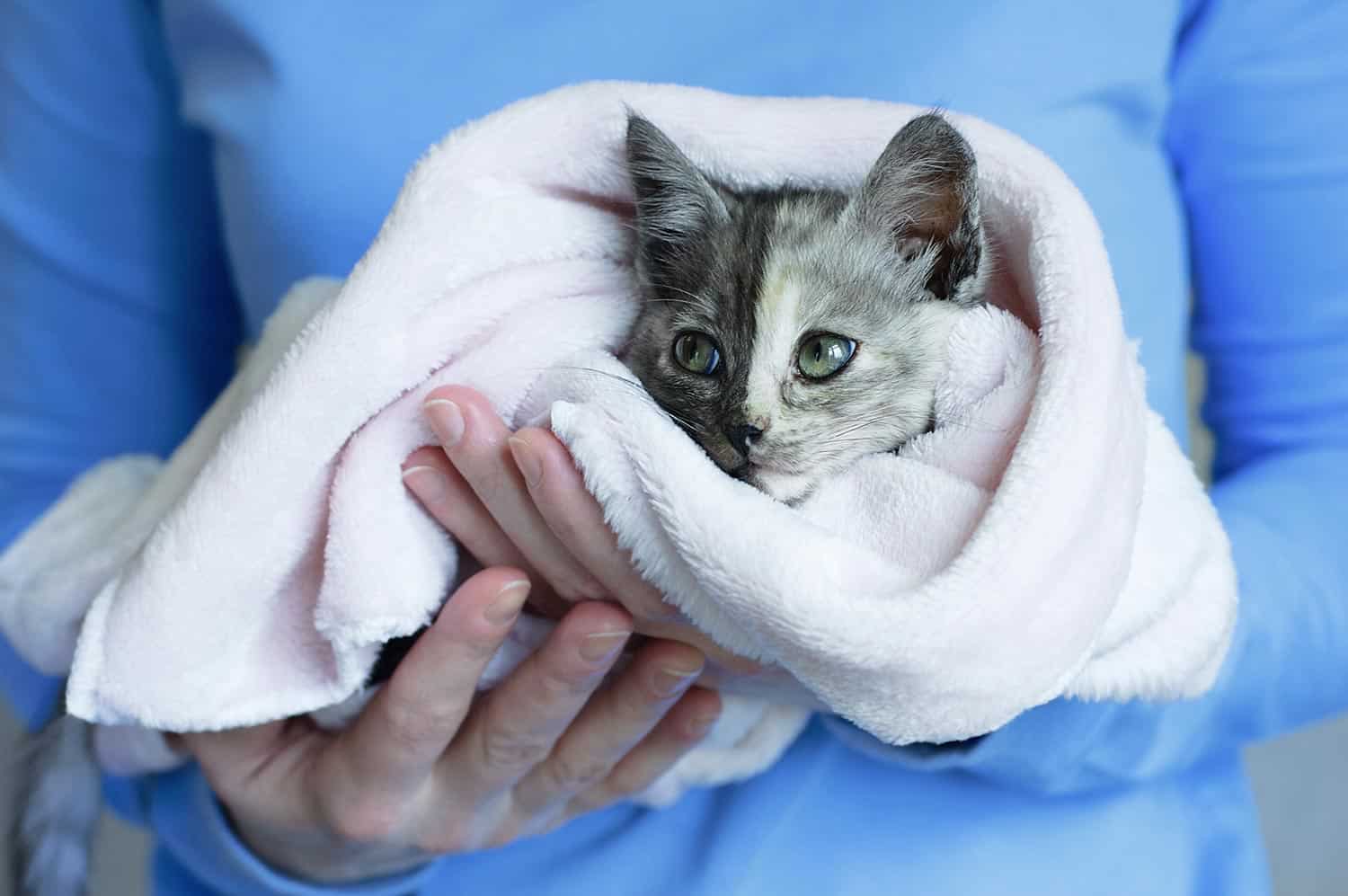
Step 1: Gather Your Supplies
First, you will want to gather everything you need before you start handling your cat. Having everything ready helps the process move smoothly and quickly. You will need the following supplies before you begin:
- A cozy blanket or your cat’s bed
- A damp washcloth
- A bowl of warm water
- A dry towel
- Your cat’s favorite treats
- Pet-friendly antiseptic (just in case)
You only require antiseptic if you are worried the dry litter clumps have created open wounds or skin irritation on your cat's paws. Pet-friendly antiseptics include Betadine, Chlorhexidine, and Witch Hazel.

See These Topical Wipes For Pets On Amazon
Step 2: Get Your Cat Comfortable
Once you've gathered your supplies, it is time to get your cat. You want your cat to be as comfortable as possible to reduce stress. Cats, much like us, have their preferences for comfort.
If your kitty is the independent type, simply having them next to you while you tenderly hold their paw might be enough.
On the other hand, some cats enjoy a snug hold or may require one because they want to run away or squirm out of your hands. If you have a cat like this, you can wrap them up in a blanket or soft cat bed.
If your cat is in this blanket or bed burrito, you will slowly bring the affected paw out and securely keep the body and other limbs in the wrap.
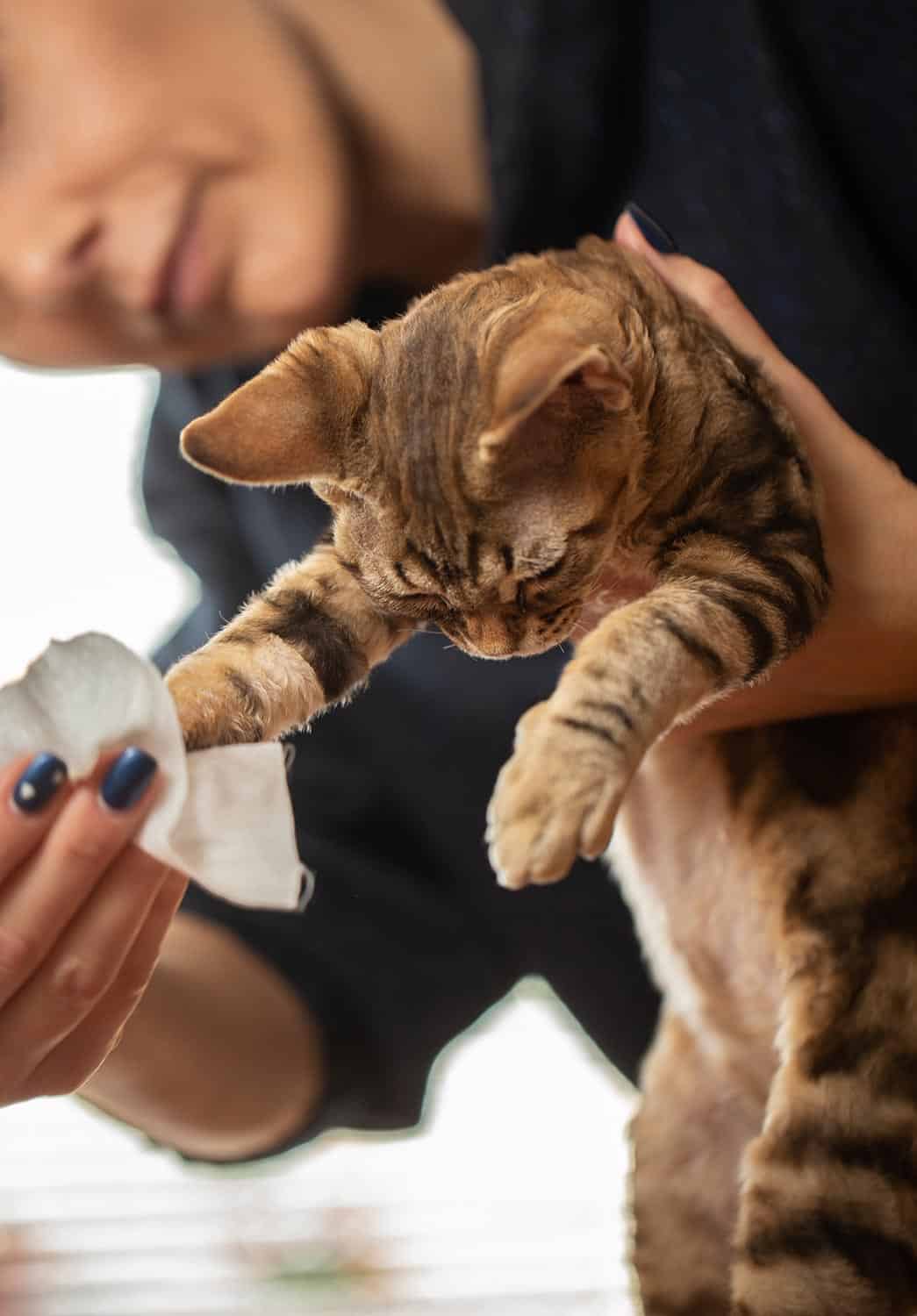
Step 3: Loosen The Litter
Next, get a damp cloth with warm water. Make sure the water is not too hot or too cold. Again, making this process as comfortable for your cat as possible is important for reducing stress for you and your pet.
Gently press or wrap your cat's paw in the cloth and allow the warm water to soak the litter. Wetting the litter softens it, making it easier to wipe away in the next step gently.
Step 4: Gently Wipe Away Litter Particles
With the litter particles soaked through and soft, they will be much easier to remove. Use your dry towel to start wiping the paw. Remember, slow and steady wins the race here.
If some particles do not come away easily, do not wipe or pull on these particles harder. Be patient in this step, as you may have to repeat step three to soften the litter further.
After all the litter is cleared, make sure to dry your cat's paw completely. This is also a good moment to check for any irritation or small wounds. If you find any, a bit of pet-friendly antiseptic is your go-to.
But, if anything looks out of the ordinary, a quick call to your vet is the best path. Remember, it's always better to err on the side of caution when it comes to our furry friends' health.
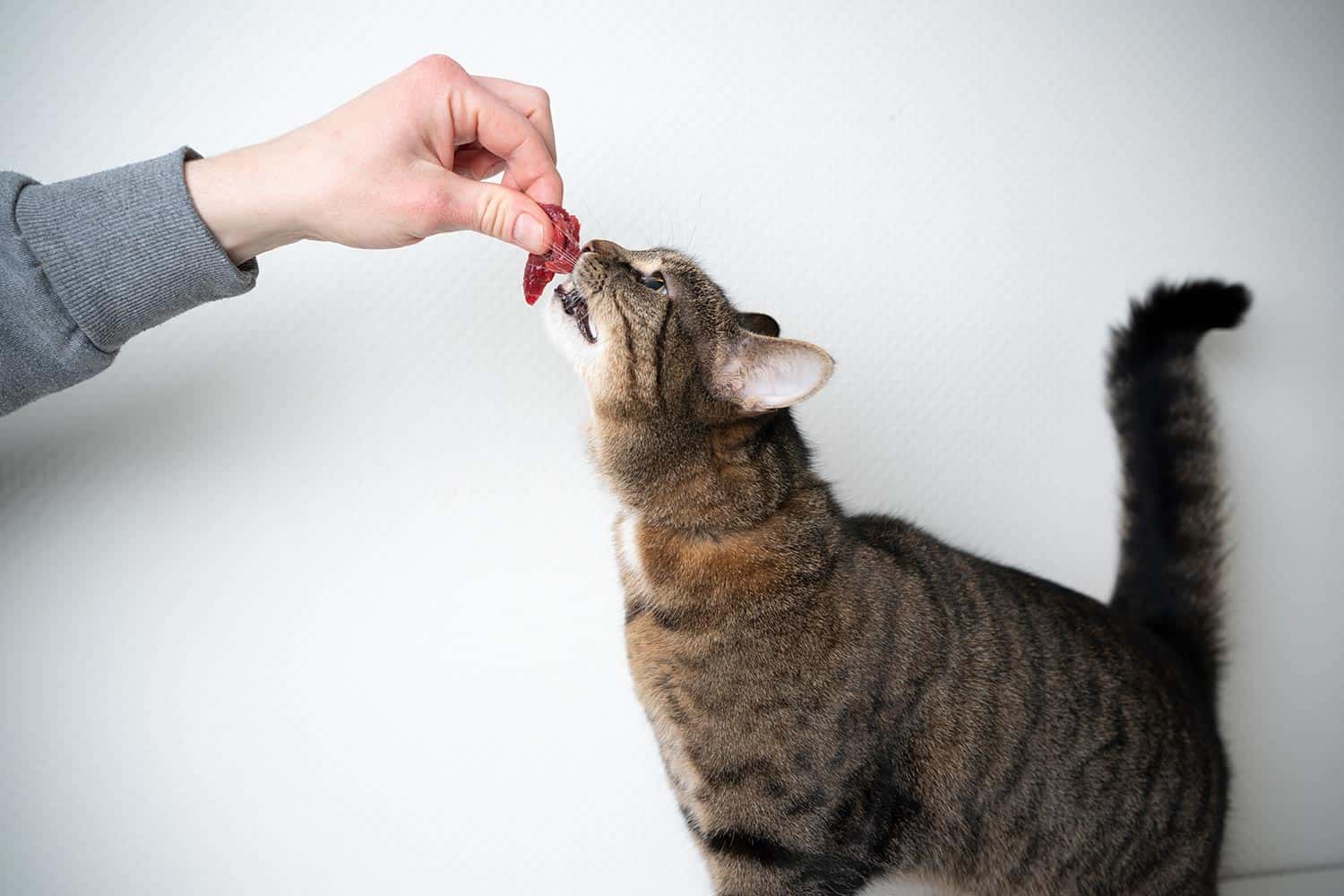
Step 5: Reward Your Cat
And now, for the grand finale! Once your cat's paws are spotless and litter-free, it's time for some well-deserved rewards. Offer them their favorite treat, a beloved toy, or simply a session of extra cuddles and affection.
Making this process a positive experience will help make cleaning the paws of litter much easier in the future.
Why Does Litter Get Stuck In My Cat's Paws?
I know - seeing litter stuck between your cat's toes is no fun. But don't blame your furry friend! The main culprit is wet or dirty litter. When kitty steps in urine or waste doing their business, particles cling to their paws as they stand there.
Overweight cats or a too-small litter box increases the chances of this annoying problem. With less room to move, your cat can't avoid the mucky patches.
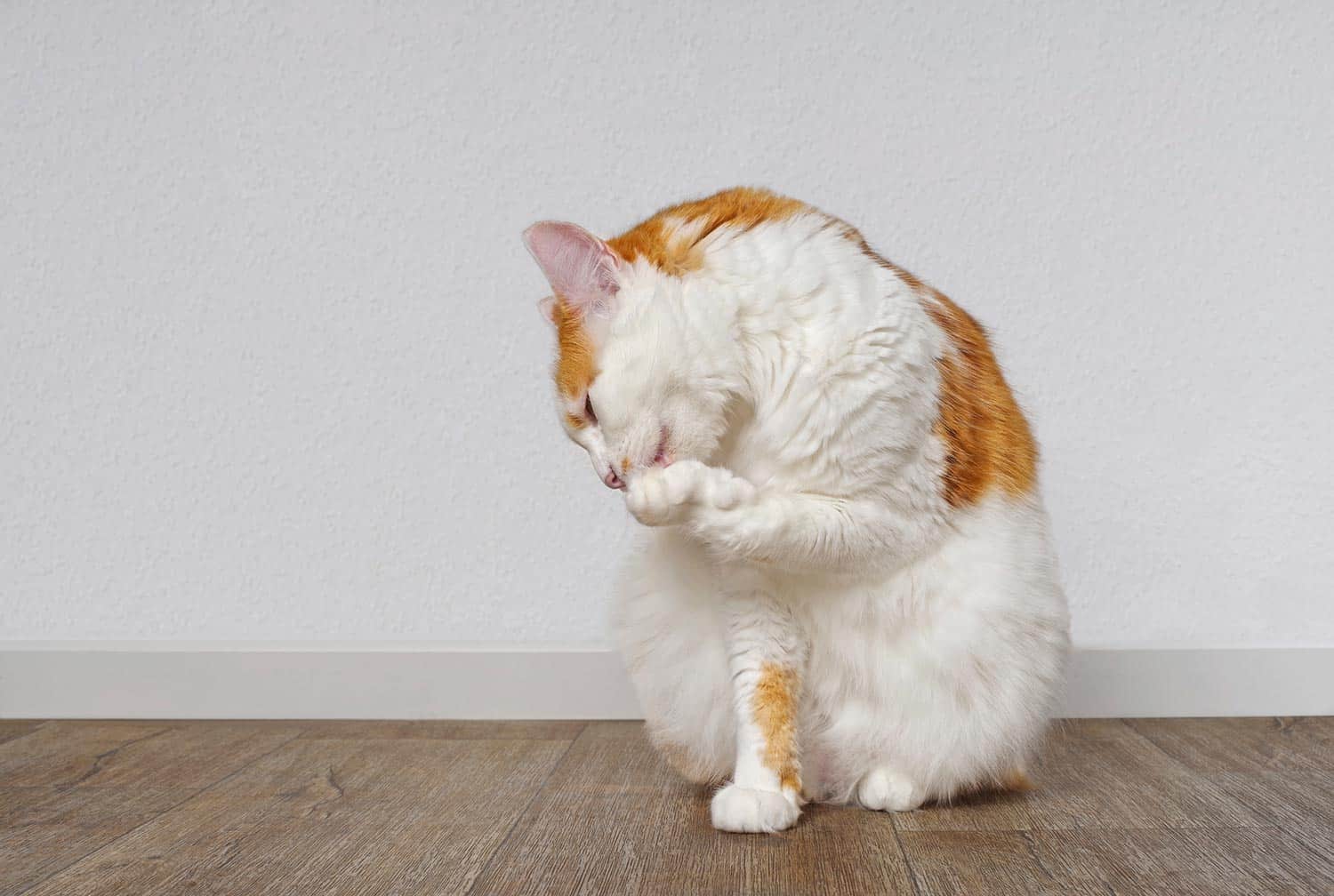
Can Litter Hurt Cats' Paws?
I want to take a moment to discuss how litter can hurt cats' paws - specifically clumping varieties. Those dried clumps wedged between kitty's toes can lead to skin irritation, rash, and, in some cases, even larger wounds.
This discomfort may encourage excessive licking and chewing of the paws, raising the risk of infection. Your cat may also experience limp or general symptoms of discomfort if their paws are hurting.
Additionally, recently declawed cats have increased sensitivity to litter. If you have a kitty that has recently gone through this procedure, they should not be using clumping litter at all.
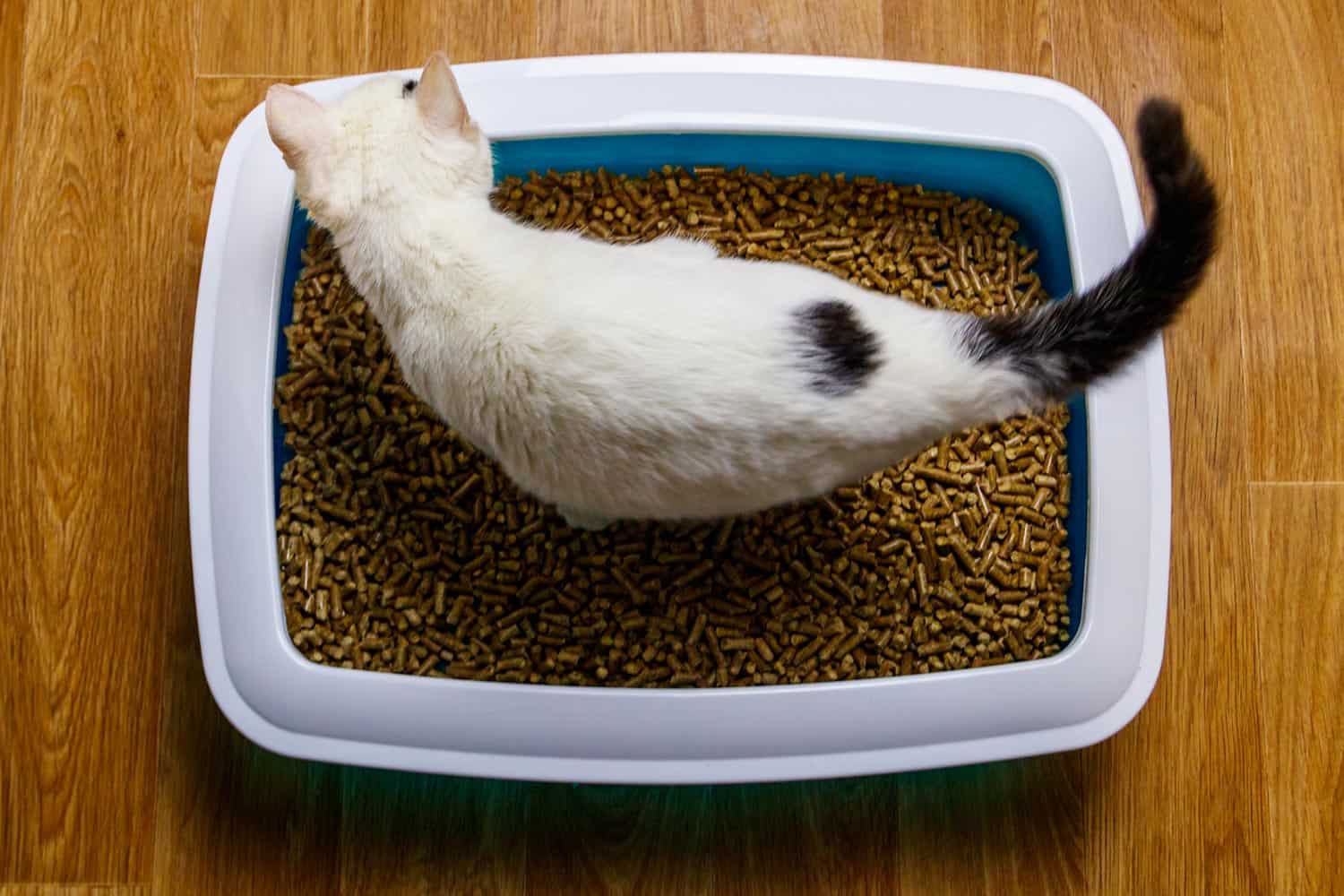
Preventing Pesky Litter Paws
Now that we've covered how clumping litter can hurt kitty's paws let's discuss tips to prevent those stubborn clumps from sticking in the first place. A bit of planning can save you the hassle of litter removal down the road!
First, choose a gentle, low-dust litter less prone to sticking. If using clumping, pick a quick-drying brand. You can also place a mat outside the litter box to catch loose pieces.
Make sure the box is big enough for your cat to move around freely. They need space to avoid standing in waste!
I recommend replacing clumping litter entirely at least once a month. But what's most important is daily scooping to keep the box fresh and prevent litter clumps from sticking to paws. Tweak the schedule as needed based on how many cats you have and their habits.
Some kitties do better with non-clumping natural litter replaced weekly. These create less dust and stick less to paws. It may take some trial and error to find the perfect litter for your furry friend.
Cat Care Essentials: Litter Removal Recap
Tackling clumping cat litter stuck in your cat's paws doesn't have to be daunting. Remember, the secret is in the gentle, patient approach. Don't rush; your feline companion will surely appreciate your careful attention.
If this was your first time handling such an issue or you've been struggling with it, we hope our guide made the process clearer. Remember, the comfort and well-being of your furry friend should always be your top priority.
Congratulations! You're well on your way to mastering this aspect of cat care. Keep practicing, and soon, it'll be second nature for both you and your kitty.
Are you searching for additional litter options for your furry friend? Have a look through our blog post, "The 7 Types Of Cat Litter Every Cat Owner Must Know".
